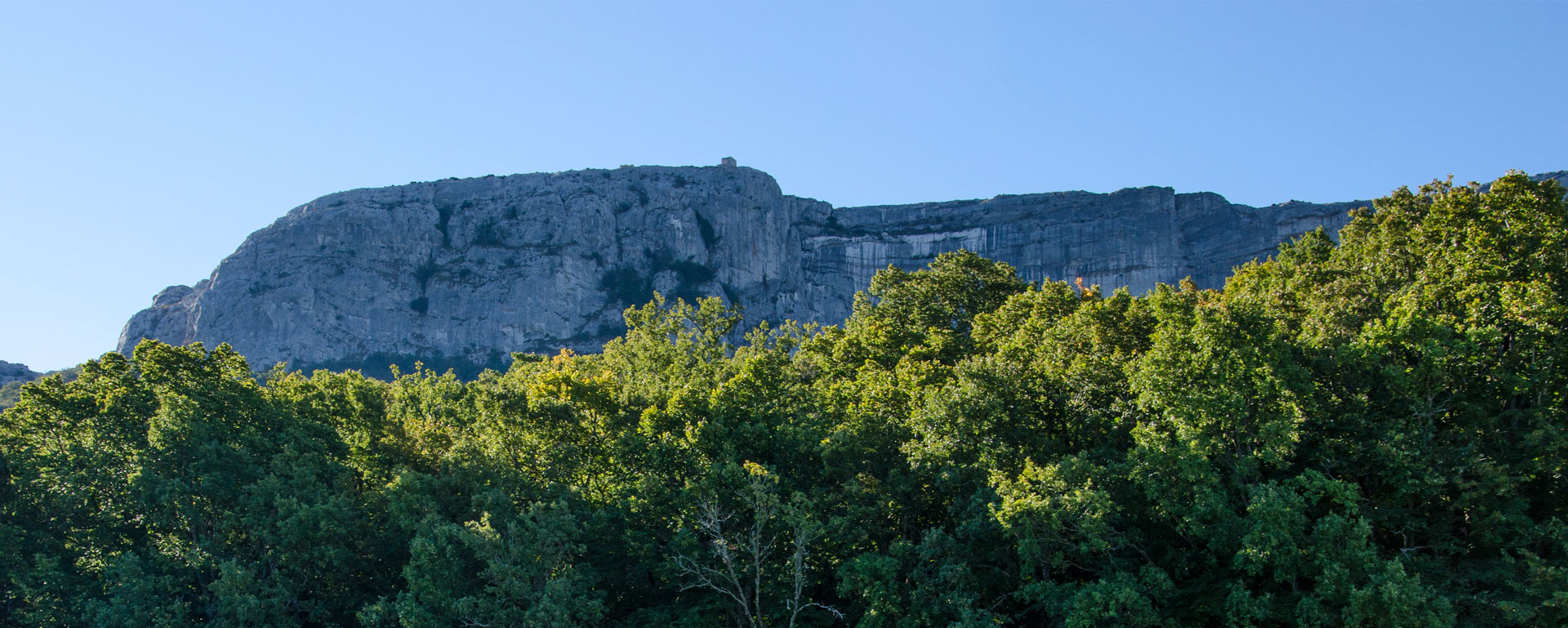- Home
- Essential to visit
- Sainte-Baume mountains
A hiking landmark
If there is a hiker’s paradise, then the Sainte Baume range must be it. There is a large number of footpaths, but the shortest way to reach the crests of Sainte-Baume is from the hostelry that is still run by Dominican nuns and friars. The first hiking trail with the Tourism and Disability label in the Var department begins at the foot of Sainte Baume.
A heritage forest
The Sainte Baume forest has been famous and protected for centuries, and is exceptional for the variety and quality of the species present. There are remarkable beech trees, oaks and forest pines. The fauna and flora are remarkable, forming a link between the Mediterranean forest and the mid-level mountain forests in the Alps. The view from the crest provides a striking contrast between the north- and south-facing slopes.

The legends
There are many legends here, and they begin in the Paleolithic period. In Antiquity, barbaric rituals were carried out on altars in the forest. Blood flowed in large quantities, turning the moss red. The forest was formerly called Our Lady of the Waters. Water is indeed everywhere on the mountain range, and is said to be Mary-Magdalene’s tears.
Religious tourism
Sainte Baume, like Lourdes, is a major pilgrimage site. On his return from the Crusades, Saint Louis came here, as did two popes and Louis XIV. A hostelry run by Dominican friars and nuns welcomes pilgrims at the foot of the mountains.
The Cave

After a climb of about 40 minutes along a winding path and up steps looking out on the life-size depiction of the Crucifixion of Jesus, you arrive at the esplanade of the cave, with an exceptionally beautiful panorama before you. The temperature inside is 13°C, in winter and summer. To the right of the cave entrance, against the rock face, is a seminary that is still active.
Mary-Magdalene

Mary-Magdalene was from the town of Magdala on the west bank of the Sea of Galilee. She was a disciple of Jesus, and followed him until his death. After Christ’s resurrection, she came with her sisters and friends to bring Christianity to Provence. She ended her life in a cave at the heart of the Sainte Baume range.
Companionship

Sainte Baume is the final stage of the Companionship Tour de France. The pilgrimage takes place on 22 July. On this date, the Companions receive their ribbon, a symbol of the work already achieved, but still unfinished. The founder of the order, brother Jacques, a native of Marseille, is buried next to Saint Maximin. He was a stonemason who took part in building Solomon’s Temple.


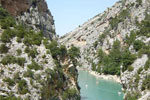 The Verdon Gorges
The Verdon Gorges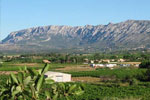 The Sainte-Victoire range
The Sainte-Victoire range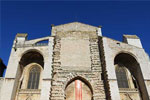 Saint-Maximin Basilica
Saint-Maximin Basilica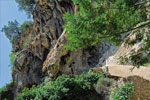 Cotignac and its Rock
Cotignac and its Rock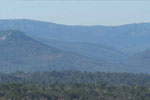 Sainte-Baume moutains
Sainte-Baume moutains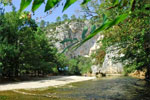 Vallon Sourn beach
Vallon Sourn beach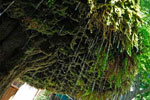 Barjols fountains
Barjols fountains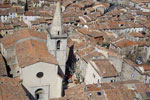 Brignoles medievale town
Brignoles medievale town Hiking
Hiking Vineyards & Discoveries
Vineyards & Discoveries Christmas in Provence
Christmas in Provence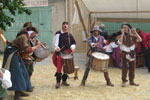 Events off season
Events off season Lake, river, canoe
Lake, river, canoe Picnics, afternoon naps
Picnics, afternoon naps Amusez-vous
Amusez-vous Beaches, the seaside
Beaches, the seaside Summer holidays events
Summer holidays events Markets & typical villages
Markets & typical villages